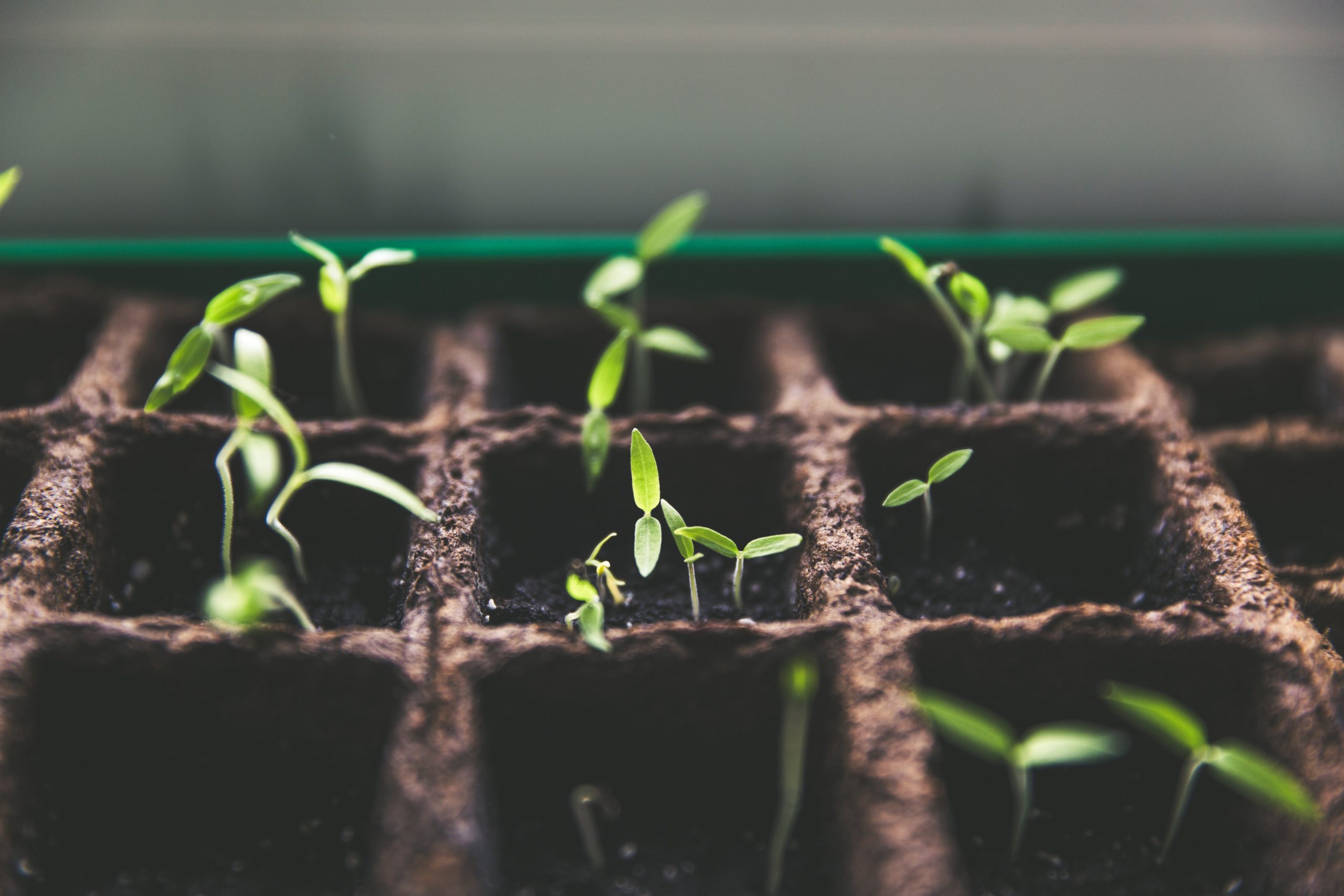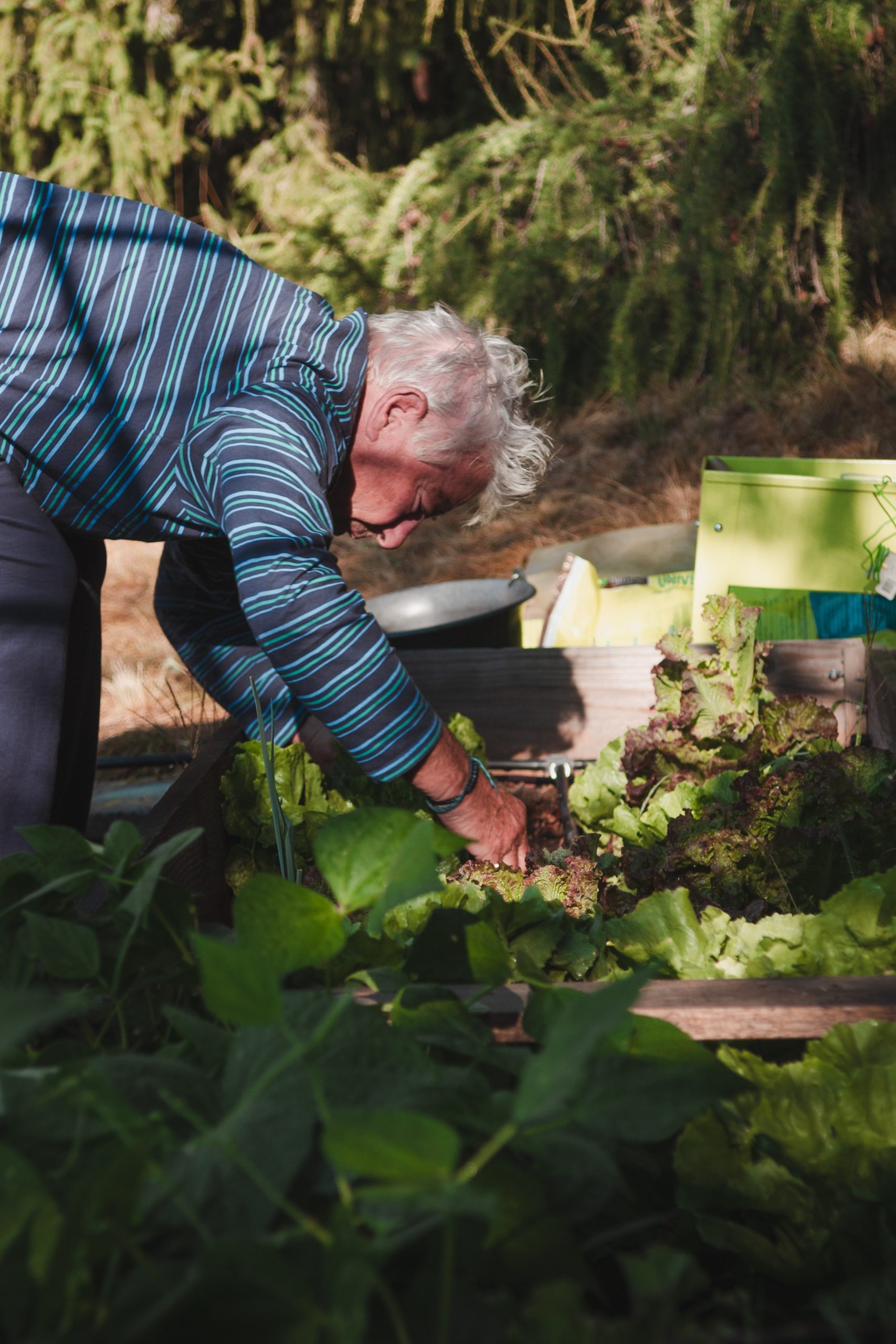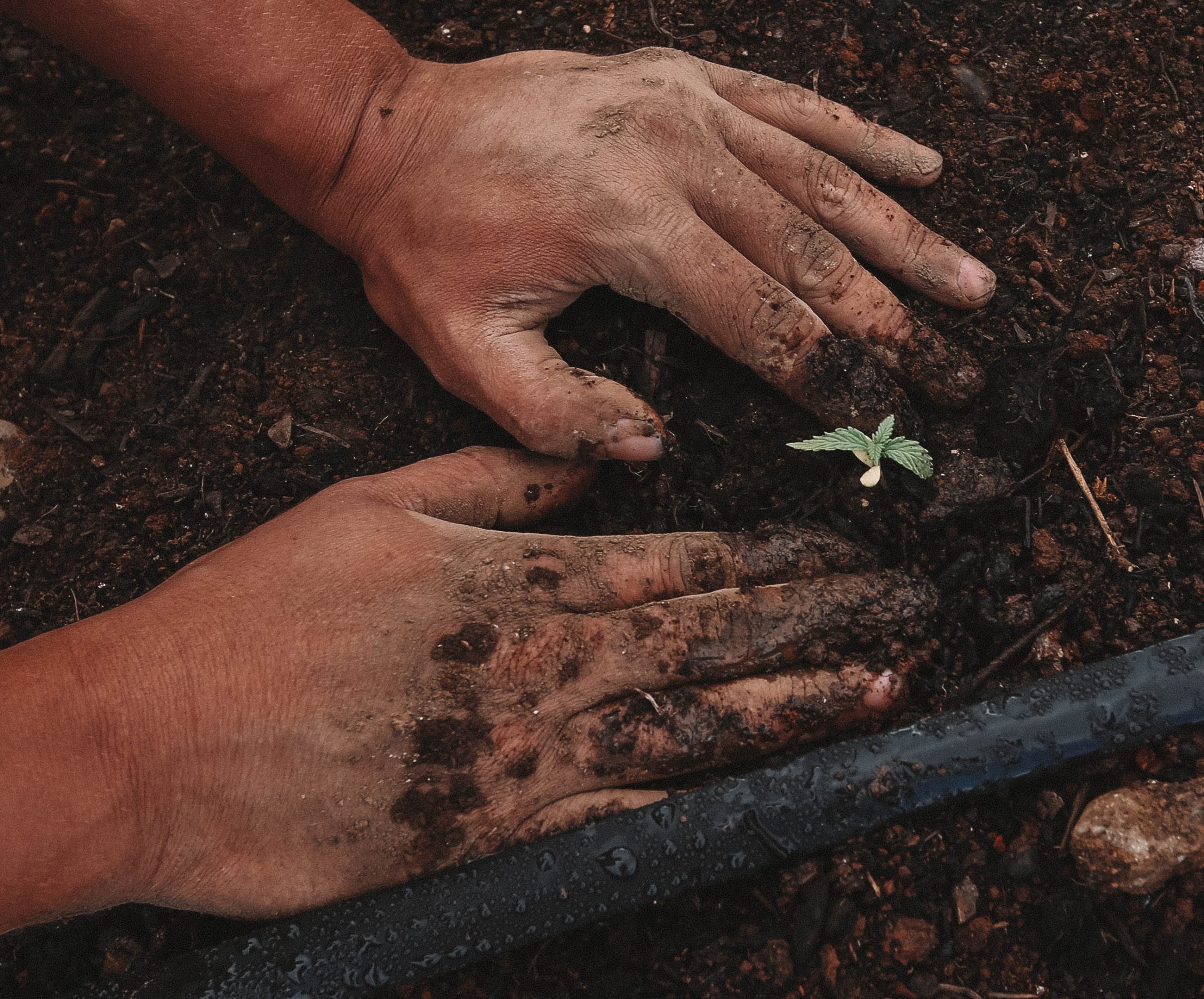Are you looking for a way to make a positive impact on the environment? Look no further than your own backyard! Sustainable gardening is not only beneficial for your plants, but it also helps reduce your carbon footprint. By implementing eco-friendly practices in your garden, you can create an oasis that supports wildlife and reduces waste. In this blog post, we will explore the benefits of sustainable gardening and provide practical tips for reducing your environmental impact with every harvest. So grab your gloves and let’s get planting!
What is Sustainable Gardening?
Sustainable gardening is a method of cultivating plants in an eco-friendly manner. It involves using natural resources efficiently and minimizing waste, while also promoting biodiversity and protecting the environment. The goal of sustainable gardening is to create a self-sustaining ecosystem that supports both plants and wildlife.
One key aspect of sustainable gardening is soil health. By adding organic matter such as compost or manure, gardeners can improve the structure and fertility of their soil without relying on synthetic fertilizers which can harm beneficial microorganisms in the soil.
Another important practice in sustainable gardening is conserving water by using techniques like drip irrigation or rainwater harvesting. This not only saves water but also reduces your utility bills!
Choosing native plants that are adapted to your local climate and growing conditions helps promote biodiversity while reducing the need for pesticides or herbicides.
Sustainable gardening is all about working with nature instead of against it – creating a harmonious environment that benefits both humans and wildlife alike.
The Benefits of Sustainable Gardening
Sustainable gardening is a practice that involves growing and maintaining plants in an eco-friendly manner. By adopting this method, you can enjoy numerous benefits for the environment, your health, and even your wallet.
Firstly, sustainable gardening reduces pollution from pesticides and fertilizers used in traditional gardening methods. These chemicals are often harmful to wildlife and contaminate our water sources. Sustainable gardeners use natural alternatives such as composting to nourish their plants. This also promotes healthy soil which can hold more water and reduce erosion.
Secondly, sustainable gardens support biodiversity by providing habitats for bees, butterflies, birds and other beneficial creatures. These species play a crucial role in pollination which is essential for food production.
Thirdly, sustainable gardens promote physical activity which has been linked to improved mental health outcomes including reduced depression symptoms. Gardening can be therapeutic because it connects us with nature while reducing stress levels.
Lastly but not least important – sustainable gardening saves money! Gardens are expensive to maintain but by harvesting rainwater or using greywater systems instead of drinking water will cut down on costly utility bills.
How to Reduce Your Carbon Footprint with Sustainable Gardening
Sustainable gardening is not only beneficial for the environment, but it also offers a range of benefits for you and your community. When done correctly, sustainable gardening can significantly reduce your carbon footprint. Here are some ways to achieve this:
1) Use organic fertilizers: Traditional chemical fertilizers contain high levels of nitrogen that emit harmful greenhouse gases during their production. Organic options such as compost or manure don’t have these negative impacts.
2) Plant native species: Native plants require less maintenance and can grow well without the need for pesticides or other chemicals which release carbon into the atmosphere.
3) Compost food waste: Instead of throwing away your kitchen scraps, create a compost pile in your garden. This reduces landfill waste while providing rich soil nutrients.
4) Save water: By using drought-tolerant plants and collecting rainwater, you can reduce water usage in your garden.
5) Reduce lawn size: Lawns require frequent watering and mowing which releases carbon emissions from gas-powered equipment. Consider replacing parts with more natural areas or veggie gardens
By implementing these tips into our gardening practices, we can take one small step towards reducing our carbon footprint on this planet!
Conclusion
Sustainable gardening is not only beneficial for the environment but also for our overall well-being. By reducing our carbon footprint through sustainable gardening practices, we can contribute to a healthier planet and create a more sustainable future. From composting to using natural pest control methods and conserving water, there are many ways we can make a difference in our own backyard.
By implementing these practices into your gardening routine, you will not only reduce your impact on the environment but also enjoy the benefits of fresh produce and beautiful flowers without harming nature. So let’s all do our part by embracing sustainability in everything we do, including how we nurture and care for our plants. Together, we can create a greener tomorrow for generations to come!










